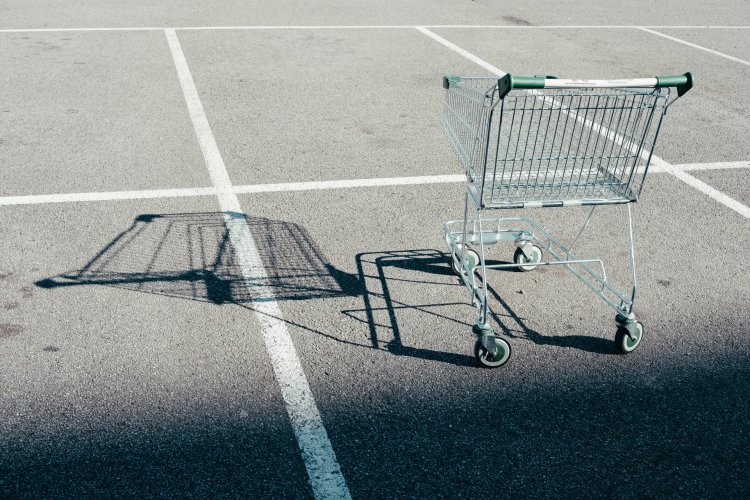A new study from Futurum Research and sponsored by SAS, Experience 2030 Pulse Report: The Acceleration of Digital Engagement, Personalization and Trust, has found significant pandemic-induced shifts in consumer behavior and opinions including changes in loyalty drivers and acceptance of immersive tech. In response, the majority of brands are rethinking superior customer experience and accelerating their technology development and deployment plans to meet the needs of the evolving consumer.
The new research is an update to the 2019 research Experience 2030: The Future of Customer Experience.
Loyalty drivers have changed
In 2019, the top drivers of customer loyalty reported by consumers were low cost, quality products and same-day delivery. 2020 has heralded in a whole new set of concerns for consumers, and this is reflected in new loyalty drivers.
Consumers now want safe, fast and human experiences. The top loyalty drivers now are:
- Personal safety – ensuring social/physical distancing in a facility: 65%.
- Scheduling needs – delivery within a few days: 57%.
- Relevant suggestions – special recommendations that meet a consumer’s current needs: 56%.
- Human touch – having a live person, rather than a bot, available to talk: 54%.
The good news is the research found that brands are on board with these changes, with 83% rethinking what it means to deliver superior customer experiences moving forward.
Pandemic accelerates immersive tech acceptance
In the original research, consumers expressed acceptance of augmented reality (AR) and virtual reality (VR) becoming part of the consumer process over the next decade, but that has been greatly accelerated in 2020.
- Drones – last year 23% of consumers expected delivery by drone or autonomous vehicle in the coming year; now 60% expect it by 2022.
- Smart assistants – last year 65% of consumers expected to use them by 2025, but now 70% plan to use them by 2022
- Chatbots – last year 36% of consumers expected to use chatbots to have questions answered or receive customer support about a brand, products or services. Now 54% want a live person, and not a bot, available to talk to them.
- AR and VR – 69% of consumers surveyed expect to use AR and VR to sample products in 2021. 63% of consumers are willing to use AR and VR to visit remote locations, up from 56% in the previous survey.
- Telemedicine – 67% of consumers are open to telemedicine.
In response, one-third of brands surveyed are speeding up investments in technology over the next two years. The top immersive tech areas that brands are prioritizing are:
- Voice-based AI assistants for sales and marketing.
- Holographics for customer support or instruction.
- Voice-based AI assistants embedded in products or services.
- AR and VR for customer instruction and support.
“The Experience 2030 global study, released in late 2019, clearly indicated that brands are planning to invest heavily in immersive CX technologies and AI-fueled automation over the next decade,” said Wilson Raj, Global Director of Customer Intelligence at SAS. “This Pulse report stresses that organizations have not changed these priorities, but urgently stepped up these investments to respond to the pandemic and ensuing disruptions. Brands have chopped timeframes in many of the areas identified in Experience 2030.”
The disruption is real
Six out of 10 brands report that they’re unable to deliver their regular products to their customers. 28% of brands have been unable to adjust and adapt and are riding things out until “normal” returns
Overcoming these challenges, and meeting increasingly tech-infused consumer expectations, requires an agile mindset, the right technology solutions. Brands have had to accelerate tech development and deployment in many more areas than immersive tech as consumers seek greater digitization to ensure safety and convenience. Brands have accelerated development and deployment in the following areas:
- 66% – online consumers tracking systems for behavior and habits.
- 64% – mobile apps for customer engagement.
- 68% – shared customer records for cross-departmental use.
- 64% – real-time product or inventory awareness systems.
In addition, more than half of all brands surveyed reported they have accelerated plans and initiatives involving alternative payment apps, offline consumer intelligence (behavioral tracking), AI and predictive analytics, automated subscription or delivery plans for consumers, chatbots, 5G, encrypted communications and/or distributed ledgers (blockchains).
Top industries trusted by consumers
As customers change the way they want to engage, the factors driving both loyalty and trust also change. In a “socially distant” market, hybrid digital/physical experiences have become increasingly common as both brands and consumers look to technologies that provide convenience and safety – from the increased use of telemedicine to contactless payments and online ordering combined with curbside pickup. Brands that want to deliver truly personalized experiences must pivot to include these forms of engagement in the customer experiences they provide.
The top two industries that consumers rate as delivering both digital and physical safety are health care followed closely by grocery and food.
“Because of COVID-19, all brands are now in the health and wellness business,” said Wilson Raj, Global Director of Customer Intelligence at SAS. “Other industries now follow grocery chains and quick-serve restaurants that were quick to adopt health precautions – amidst digital defaults such as contactless payments. Moving forward, brand trust for all industries must involve both physical and digital well-being of their customers, through health safety protocols and data privacy measures respectively.”
Survey methodology
In June and July 2020, Futurum Research surveyed more than 600 global consumers, executives, marketers and technology professionals. Learn more about Experience 2030 and the future of customer experience.

















